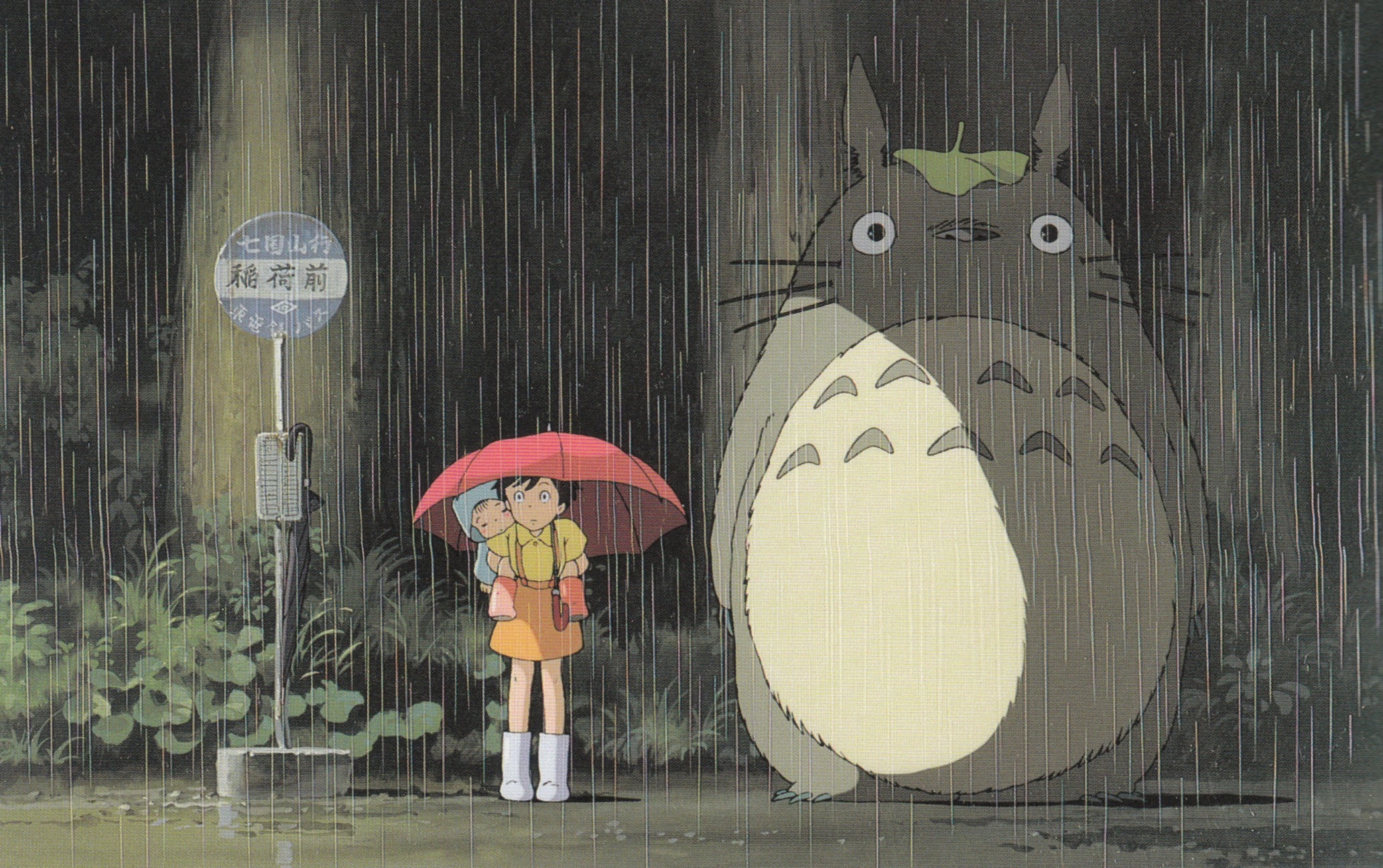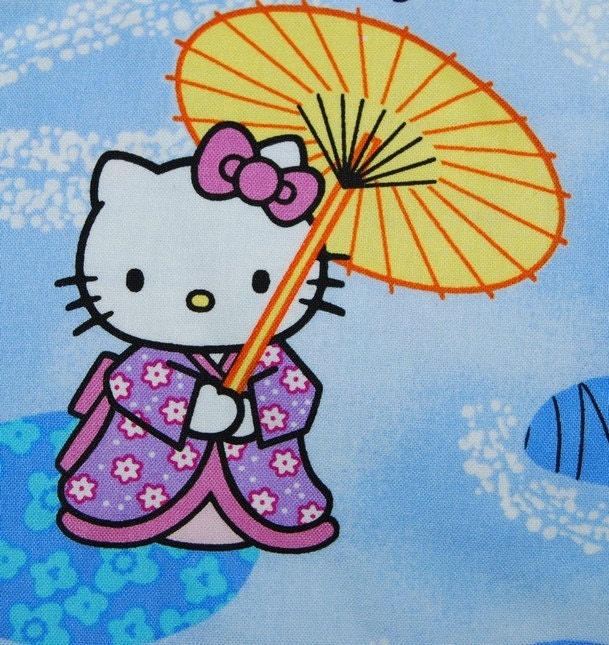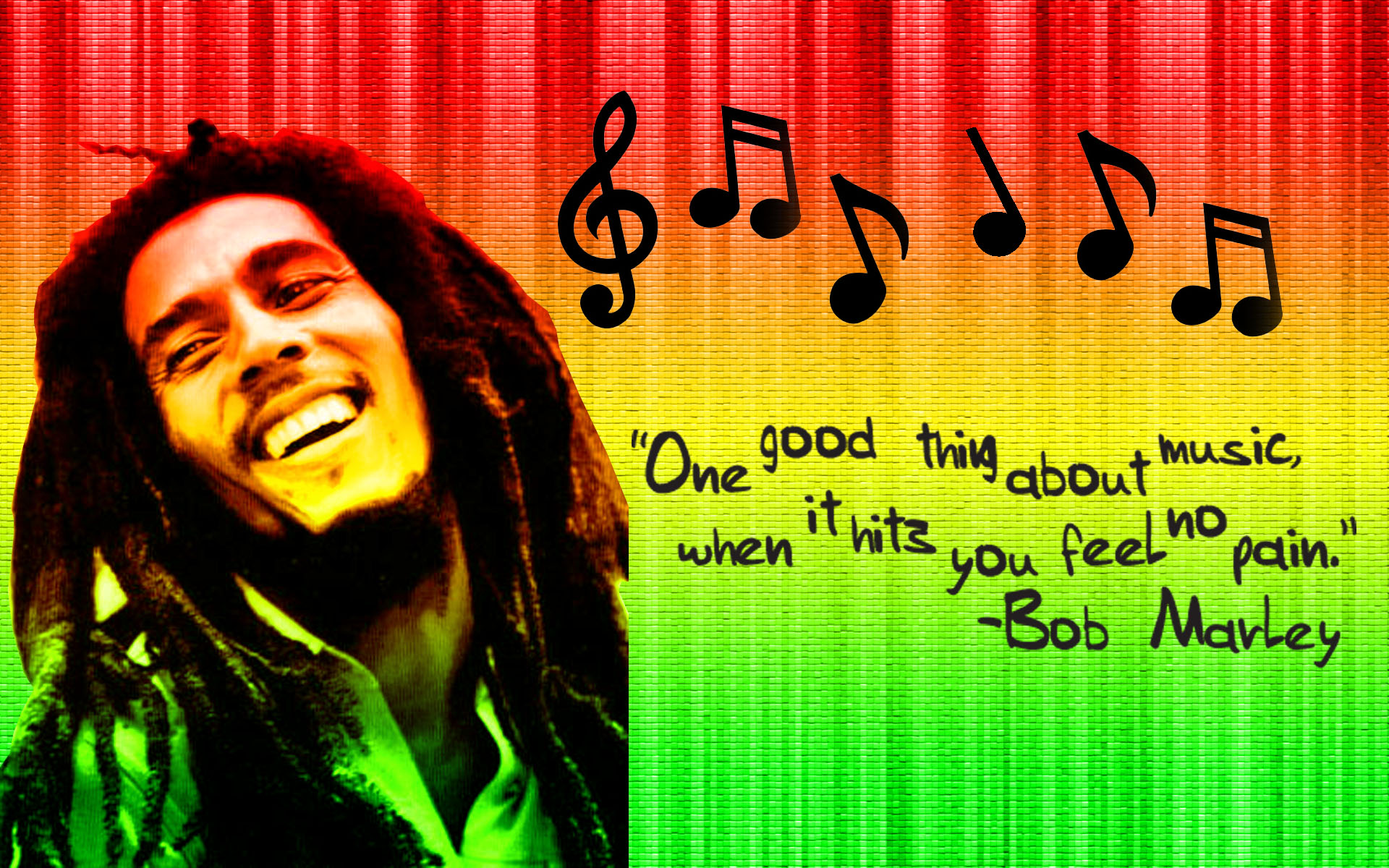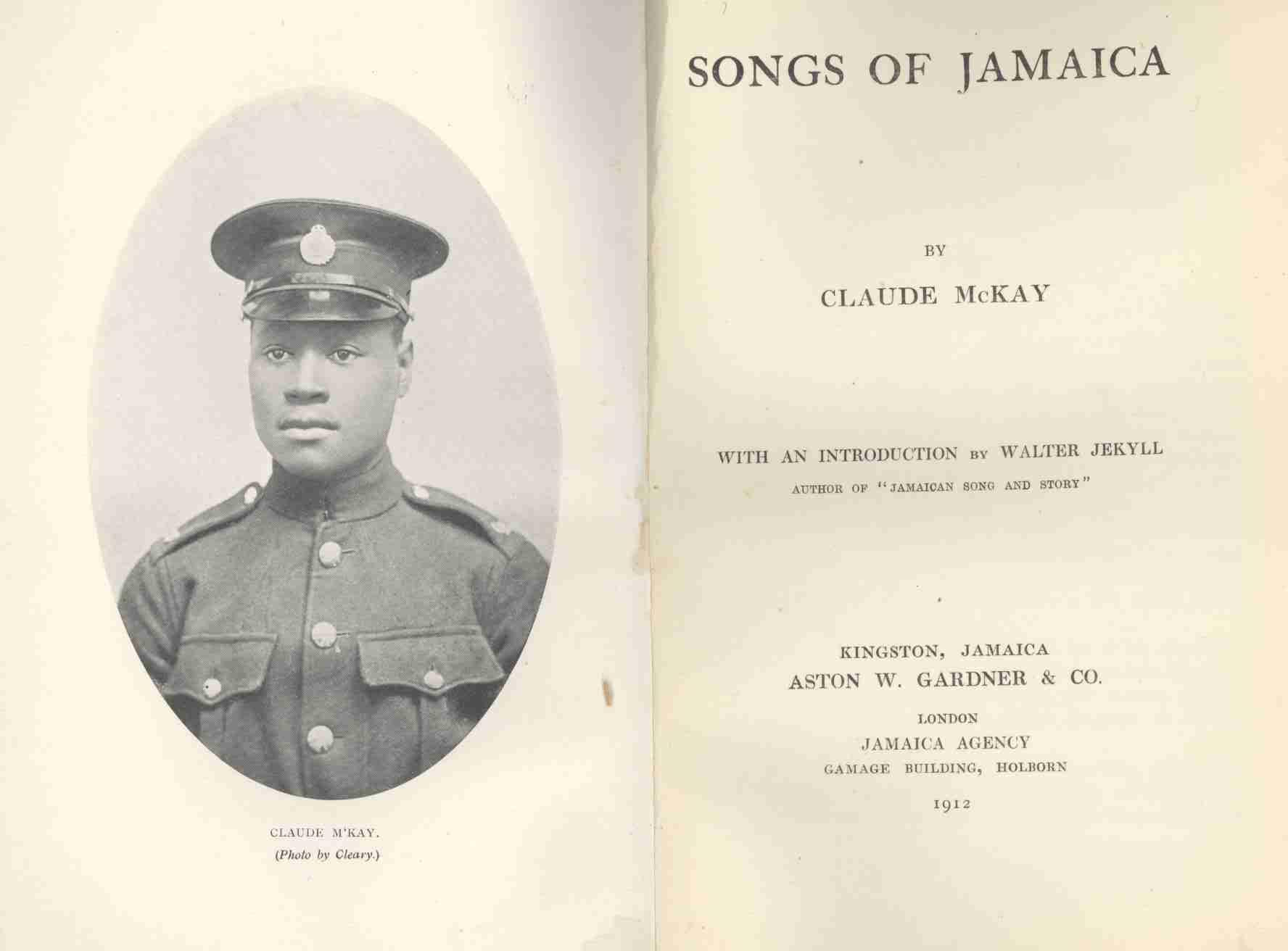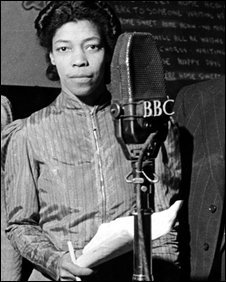Writing on Japan
this week has sent me on a whirlwind trip through my past. Almost everything I
wrote about had a personal connection for me. It was either books I read,
movies I watched, an event I attended in Japan, food I ate at someone’s house,
a memory of a conversation with a Japanese friend, and so many other cultural
points I never got to. In turn, I told these things to my kids, and my daughter
was very responsive. She checked out a “how to draw manga” book and did her
first manga picture. For a 9-year-old, she certainly inherited her artistic
talents from her father as well as my mother and her mother. And now she wants
to go to Japan….
 |
| Let's have pancakes for dinner! Yeah!! Gourmet om-nom-nom pancakes. |
I actually couldn’t
wait to make Japanese food, so I started early. A couple days ago, I made
okonomiyaki. This has been one of my favorites for a long time. I think it
literally means “fry it how you like it.” Or something like that. Outside of
the batter and the cabbage, the other ingredients vary to whatever you have on
hand. I think it was probably a way to use all of the odds and ends and scraps you
had available. In a bowl, I mixed together flour, salt, sugar, and baking
powder, and then added in a grated sweet potato and some water (or you can also
use broth or dashi, a type of Japanese soup base). Then it’s important to let
it chill in the refrigerator for at least an hour. After the batter was
chilled, I added in some eggs, some crushed rice Chex (in lieu of tenkasu,
which are tempura scraps), a little pickled ginger, and some salad shrimp. At
this point, I added in the cabbage. I made it easier on myself: I bought a 10
oz bag of cole slaw-cut cabbage. I pulled out my large deep-sided skillet and
heated up my oil, dropping in enough batter about the size of my fist. Then I
placed 2-3 slices of bacon that had been cut into quarter strips. The key is to
cover it and let it cook for 5 minutes, then if the bottom is browned, turn it,
and let it cook covered for another five minutes. Once both sides are
sufficiently browned, you can take it out and put it on a plate. To go with
this, I made the special okonomiyaki sauce that goes with it: ketchup,
Worcestershire sauce, grated ginger, and honey. I topped mine with this sauce,
a little bit of ebi furikake (seasoning that is supposed to go on top of rice,
but I use it on a ton of other stuff), and some chopped scallions. It was so
good, and I think the family loved it, too. Many people, like my sister, tops
this with Japanese mayonnaise, but I am NOT a fan of real mayo. Sorry, mayo
fans. But I did follow this up with novelty Japanese candy: Ramune-flavored
whistle candy. The kids loved it, and I was the cool mom for just a few minutes!
 |
| Not only did I give them candy, but I gave them candy that makes noises, and I gave it to them 10 minutes before bed. Trifecta of parenting fail. |
 |
| I think more food products needs to be wrapped in cookies. |
So, today I started
with the bread, meron-pan, or “melon bread.” My daughter helped me a lot today.
Meron-pan is like a roll wrapped in a cookie and baked. Bread is not native to
Japan, so any bread they have was inspired by European traditions. However, if
you’ve ever been to a pan-ya (bread
store) in Japan, you’ll know how innovative the Japanese are when it comes to
bread. First, we had to make the bread dough: we mixed 1 ¾ c all-purpose flour,
2 Tbsp powdered milk, 1 tsp yeast, and ½ tsp salt together. In a separate
smaller bowl, I beat 1 egg with 1/3 c cold water and mixed it into my flour mix
and kneaded it (well, my daughter kneaded it). Then I added in 1 Tbsp sugar and
kneaded it some more. After added in about 2 Tbsp butter and working it into
the dough, I kneaded it some more before oiling it and letting it rest for an
hour. In the meantime, we made the cookie dough: we creamed 4 Tbsp of butter
with 1/3 c sugar together (I had her do this part). Then we mixed together 1
1/3 c flour, ¾ tsp baking powder, and a pinch of salt and added that to our
creamed butter and sugar. Adding tiny bits of water here and there, I worked
this dough together and formed it into a cylinder/tube shape and put it in the
refrigerator until I needed it. After the bread dough had finished resting, I
realized it had not risen at all. I think my yeast was bad, so I wasn’t able to
yield as many rolls from this as I thought. I did manage to break it into six
bread balls. I took my cookie dough from the fridge and cut it into discs, like
I was making cookies. Choosing the six largest segments, I flattening it
between two plastic baggies. I took these flattened discs and covered each of
these bread balls. Then we rolled it in sugar, and I cut a criss-cross design
on top of it, letting them rest another 30 minutes. Then I baked them at 350ºF
for about 15-20 minutes. I had to leave them in for closer to 20 minutes. I
cannot even begin to tell you how good these were. My husband tried to convince
me this bread was his dinner. But I told him there was more coming.
 |
| My forte lies in eating sushi, not making it. Obviously. And I was mad I couldn't find takuan. |
So, next I tried my
hand at making sushi. I absolutely love sushi. It’s one of my all-time favorite
foods, and I’m always ready for sushi pretty much at any given moment. But I
now have a brand new appreciation for it. I had to first make the sushi rice.
It called for 3 c of rice, which is more than I ever make. After the rice is
done steaming, I heated together rice vinegar, sugar, and salt until the salt
and sugar were dissolved. With the help of my daughter, we gently sprinkled the
rice with the vinegar mix while we fanned and folded the rice to mix it
completely and then cooled the rice. The next step is where it got hard for me.
And perhaps I should’ve researched this better. Who knows? I laid out a sheet
of nori (seaweed), spread the rice over it, leaving a gap around the edges and
spread my toppings (I choose tuna, cucumbers, and shiitake mushrooms). Then I
carefully rolled everything up, using a little bit of water on my free edge to
act as a glue to keep it rolled up. This part was fine. I just didn’t have a
sharp enough knife to cut through the nori, and it kept tearing. So, instead of
makizushi, we ended up cutting the nori into smaller pieces and making
temakizushi. Whatever works, right? With a little soy sauce, some furikake, and
some pickled ginger, it fed my family. I know a lot of people use wasabi, but I
ABSOLUTELY hate wasabi. It’s just something I can’t get past. I like hot and
spicy things, but napalming my nasal passages isn’t pleasant.
 |
| My version of heaven includes a library that serves unlimited coffee, unlimited books, and unlimited somen soup. |
The other part of
what I made was cold somen soup. This is one of my favorite summertime meals,
although to be honest, I haven’t had it for quite some time. The somen itself
is not hard to make; you can buy it in a package, and it usually comes in 100g
bundles. After the water comes to a boil, it only takes a few minutes for the
somen to become al dente. I rinsed them under cold water in order to cool the
noodles (not sure if you’re supposed to do that or not—the instructions were in
Japanese, and my Japanese is a little rusty). The sauce it comes in is a little
more difficult to make. First of all, it calls for dashi, which is a little
more difficult to procure, especially without monosodium glutamate. So, I made
my own dashi. It’s not that difficult; it just takes time. I boiled some water
with some nori (you can also add mushrooms, but I forgot) for about 20 minutes
and then strained it. (There are many different recipes to make dashi.) Then I
added the dashi back into my pot along with some soy sauce, sugar, and mirin (I
actually just used chardonnay because I forgot to look for mirin. Close enough,
right?). I poured this in a glass bottle I had and put it in the fridge to
chill. When I served this, I put the noodles in one bowl with a little bit of
cold water and topped it with chopped scallions and a piece of pickled ginger,
and I put the sauce in a different bowl. To eat this, you pick up the noodles
and dip them into the sauce. My sauce was slightly on the sweet side, but
otherwise, it was very good. I don’t think the others enjoyed it as much as I
did. I had two bowls—I thought it was awesome. Not as good as my friend
Megumi’s mom made when I was at her house in Maebashi, but it was still good. Of
course, I served this whole meal with a side of edamame (boiled and salted
soybeans in the pods), and the kids were excited that I bought some Ramune, a
type of soda drink famous for having a marble inside a specially shaped glass
bottle.
 |
| Although it's a little bit of a hodge-podge of all my favorite foods, I was deeply satisfied, even with Sushigate. |
Each item I made
has an earlier memory. I remember eating at a sushi bar for the first time in
Tokyo. I was completely blown away by the sheer number of choices, especially
of cuts of fish I didn’t even know exist, much less know what they tasted like.
And the sushi chefs always had a look on their face that looked like they were in
the least mood to deal with indecisiveness. They seemed about as likely to
smile as customs agents are. And remember—this was before the influx of sushi
we have now in Chinese and Asian buffet restaurants. In the 1990s, you were
more likely to find pizza in a Chinese buffet place before you’d find sushi.
And I remember sitting around the table sharing a gigantic plateful of edamame
and just talking with the family. Those were good times. I already mentioned my
friend’s mom making us somen for lunch while we sat in the living room watching
music videos on TV. I don’t know what she added to her somen, but it was
awesome. The power of food to bring back memories is amazing. I hope this blog
does this for my children. My food may not always be super awesome, but at
least it’ll be memorable.
Up next: Jordan






